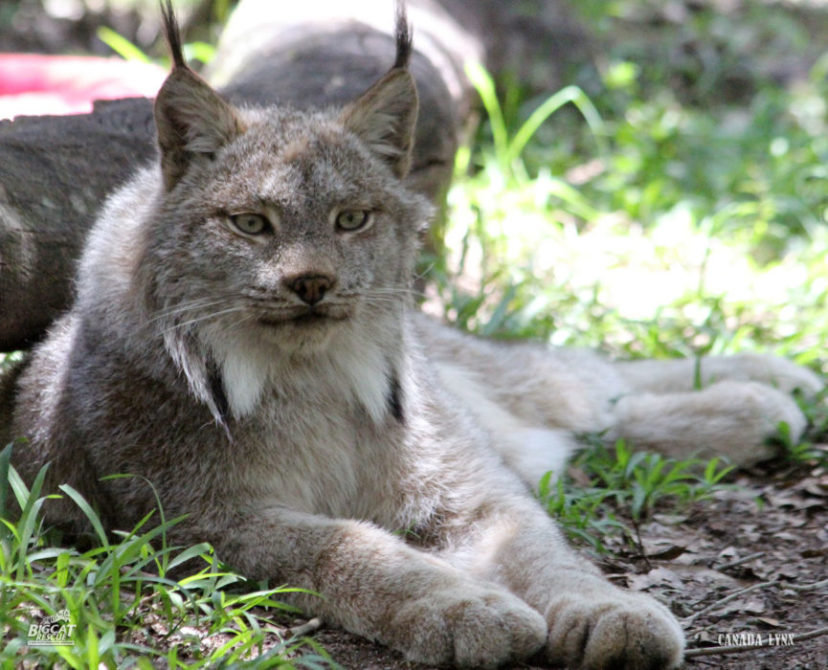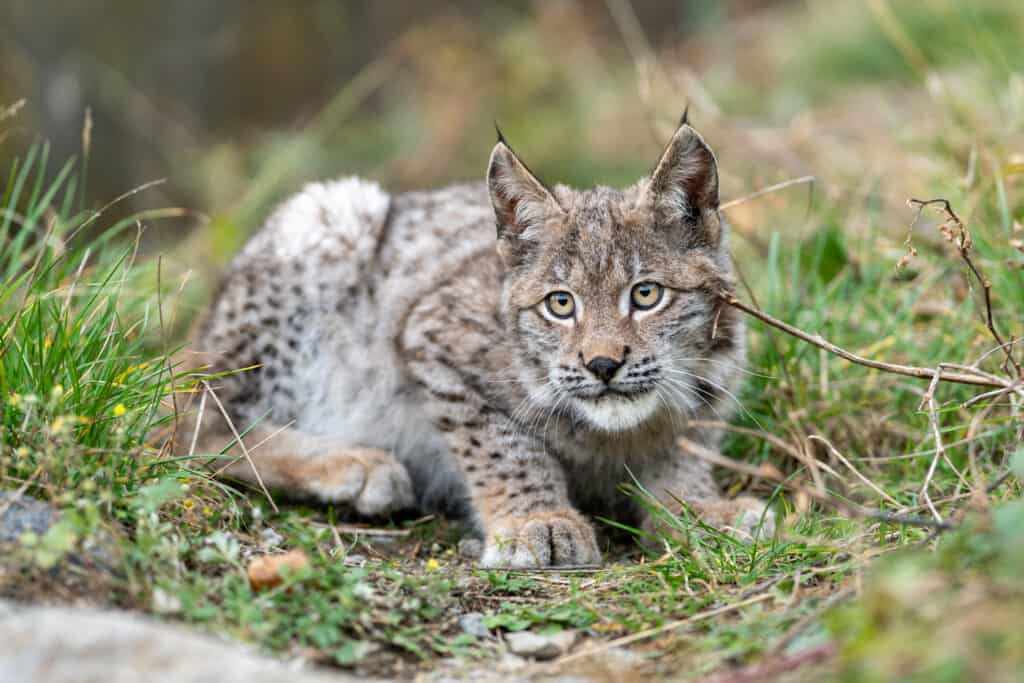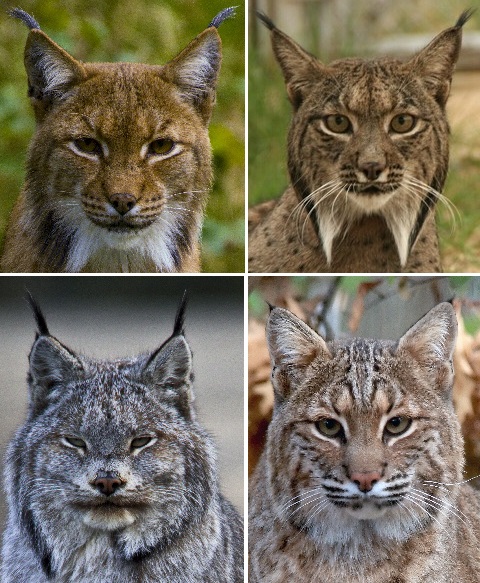A museum in Britain has uncovered a lynx that is believed to be the infamous “Beast of Bodmin”. This finding offers proof that big cats once roamed the countryside, but it still doesn’t confirm the existence of the legendary Beast of Bodmin.


To keep yourself informed about The Independent’s latest deals, happenings, and news, remember to subscribe to our email newsletter. Rest assured that we value your privacy and will uphold our privacy policy.
During the summer months, tales of large felines lurking around the UK countryside are a common sight. While most of these stories are dismissed as the ramblings of eccentric or imaginative individuals, scientists have unearthed evidence that suggests the presence of a massive predatory cat akin to the notorious Beast of Bodmin more than a century ago.

The Bristol Museum and Art Gallery has uncovered a remarkable find: a stuffed Canadian lynx from the early 1900s. This creature, which is twice the size of a domestic cat, was shot by a Devon landowner after it killed two dogs. Researchers from four UK universities believe that this is the earliest known example of an “alien big cat” in the British Isles. The team believes that the lynx may have been part of a traveling menagerie, since exotic animals were frequently part of such shows before zoos became more common. The analysis of the lynx’s teeth and plaque also suggests that the animal had been in captivity before it was set free. According to Dr Ross Barnett, the lead researcher from Durham University’s Department of Archaeology, “This Edwardian feral lynx provides concrete evidence that, although rare, exotic felids have occasionally been part of British fauna for more than a century.”

Currently, there is no evidence to support the idea that large felines can breed in the wild in Britain. However, a species similar to the Canadian Eurasian Lynx did inhabit the UK before becoming extinct in the 7th century. A new study published in Historical Biology debunks another popular theory surrounding the presence of big cats in Britain. It was previously thought that all of these animals were set free after the Wild Animals Act of 1976 was enforced, which banned the ownership of exotic pets. But Dr. Darren Naish, co-author of the study from the University of Southampton, suggests that such creatures have likely escaped throughout history. Many sightings of exotic big cats were reported before 1976, making it unlikely that a single law is responsible for the release of these animals in the UK.

Frequent sightings of large feline creatures continue to be reported in various parts of the UK. The British Big Cat Society conducted a research study which showed that 2,123 sightings were reported between April 2004 and July 2005, with most sightings occurring in the South West region. Last year, during a couple’s vacation near Clacton-on-Sea in Essex, a major police search involving firearms officers, thermal imaging equipment on a helicopter, and experts from Colchester Zoo was launched after they reported spotting a large feline creature. However, the animal was never found. The Ministry of Agriculture investigated the Beast of Bodmin in 1995 but found no “verifiable evidence” of a large cat running loose despite footprints and suspected livestock kills being found. In contrast, physical evidence arose in 1980 when Felicity the puma was discovered by a farmer in Aberdeenshire. Similarly, in 1993, a leopard was reportedly killed while attacking chickens in the Isle of Wight.
Read more…
[ajax_load_more]






























